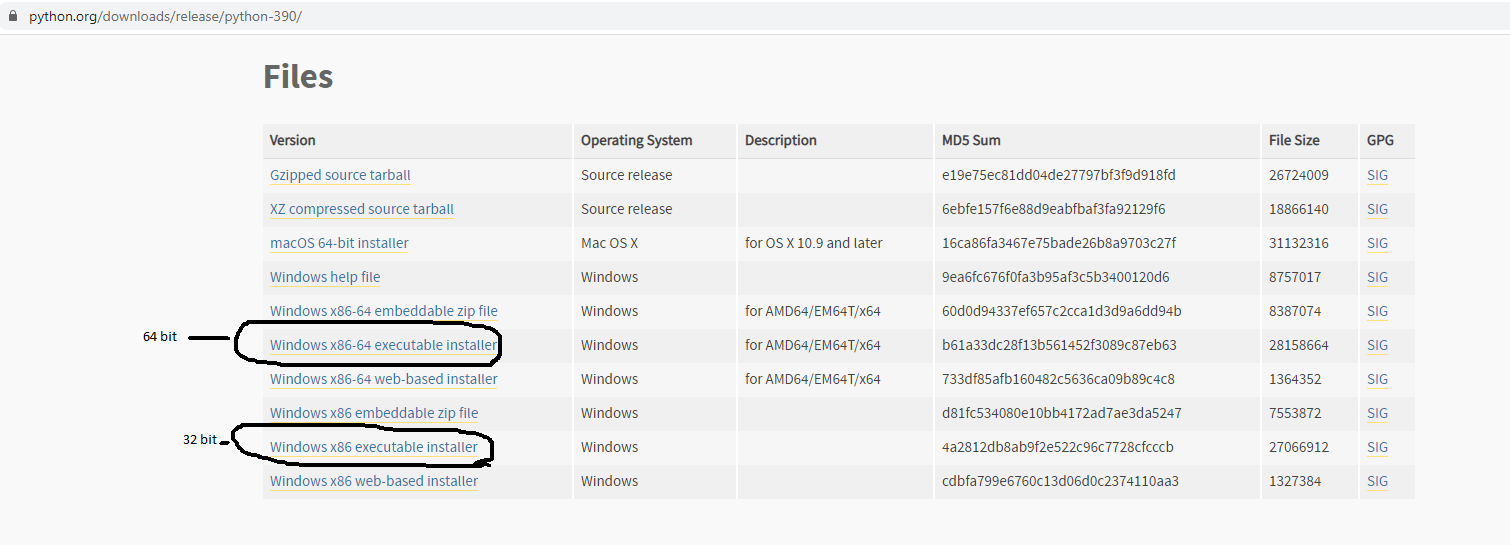

If you previously installed an earlier version of Python 3 (say, 3.6.1 or something), then you should either update it or simply un-install it and then install the newest version of Python 3.
Already have Python 3 but older version. If you already have a working version of Python on your laptop, you might be wondering if it is OK to keep it or you should re-install. Don't forget to take care of some IMPORTANT configuration issues. Go ahead and try it out! Video tutorial here. If everything goes fine, you should see an IDLE shortcut in your START menu. Double-click the downloaded file and proceed with installation. Alternatively, if you start from the release page such as, you should scroll all the way to the bottom and choose "Windows installer (64-bit)". This downloads the 64-bit version of the latest Python release (3.9.6 as of August 2021). Click "Downloads", then download the latest version from there: Mu has a “Mode” button which can be used to write Python, MicroPython and CircuitPython. Mu has one feature that elevates it above other beginner editors. If you are starting out with Python, Mu is an excellent choice to introduce the language. Modules are libraries of code that can be used to add new features, for example RPi.GPIO and GPIO Zero are modules that enable Python to talk to the Raspberry Pi GPIO. This is where the ease of Mu works against it, as there is no means to install Python modules. The default is to write Python 3 code, to be run on our machine. It can output the results of our code and it can be used to access the REPL. A builtin checker and tidy application will check and format your code using Python style guidelines. 
We can zoom in and out of the code, useful when presenting to large groups. A plotter can be used to visualize data via a graph. The Python Shell (REPL, Read, Eval, Print, Loop) is available to test ideas. Large icons and clear text identify the function of each button.






 0 kommentar(er)
0 kommentar(er)
